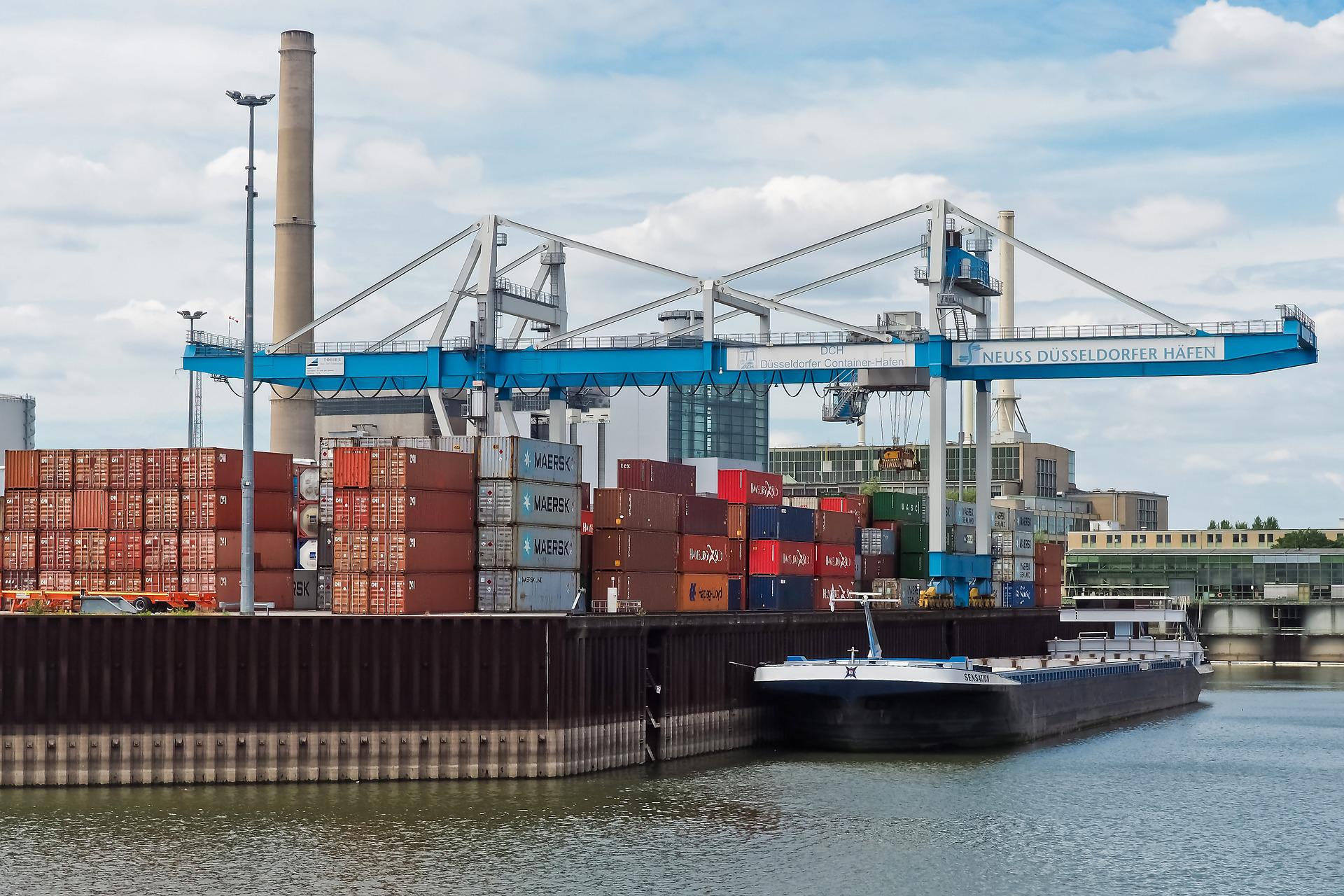Almost all retail and manufacturing businesses rely on shipping. The modern shipping and broader logistics industry has evolved a great deal in the last 50 years.
One of the most important developments in shipping is the creation of multiple overland and marine shipping arrangements to suit businesses of all sizes.
Here is a very brief guide to the kinds of shipping arrangements available today. Factors influencing the choice of shipping arrangement include business size, load type, and collaborative opportunities.
LTL
LTL stands for ‘Less Than Load’ – LTL freight shipping is known to be one of the most cost-efficient shipping methods for smaller businesses to move their wares.
Any load that does not fill a 53-foot trailer entirely is generally considered to be Less Than Load. As part of such an arrangement, the business only pays for the amount of the trailer that they fill.
This enables the shipping company to try and fill the rest of the trailer with small loads from other clients. The responsibility for filling the entire trailer is taken away from the client business and passed onto the shipping company.
STL
Shared Truckload Shipping operates on much the same basis as Less Than Load shipping – with a slight change in the level of responsibility held by the parties involved.
In STL arrangements, client companies need to collaborate with each other in order to book out an entire trailer load from a shipping company directly.
Shared Truck Load arrangements are perfect for businesses that already have collaborative partnerships or use the same fulfillment centers. This is known as horizontal collaboration and is becoming increasingly popular.
TL
Truckload shipping involves the filling of an entire truck with goods from one company. This is the most well-established and simplest method of shipping and is typically used by companies with large amounts of produce that need shipping.
While it is an inefficient method of shipping for smaller companies, it is perfect for larger ones. As a general rule of thumb, companies should only consider using TL services if they have ten or more pallets worth of material that need moving at one time.
TL arrangements allow for the exclusive use of a carrier vehicle, making journey times shorter due to the lack of stops along the way.
Shipping logistics strategy is all about the creation of the most time and cost-efficient arrangement with a shipping company.
Full truckloads are by far the most efficient shipping arrangement if lots of goods need to be moved. They enable for the reduction of workflow complexity.
LCL
LCL – standing for ‘Less than Container Load’ shipping is essentially Less Than Load shipping scaled up for seaborne operations. Shipping containers are the most common seaborne transportation solution.
The containerization of marine shipping is one of the most significant revolutions to have occurred in logistics since the industrial revolution.
Smaller businesses may struggle to fill a container, which has led to the development of an LTL system.
There you have it, a guide to the types of shipping loads that are out there.

Using this Robot is the best way to make you rich. https://go.tygyguip.com/0j35